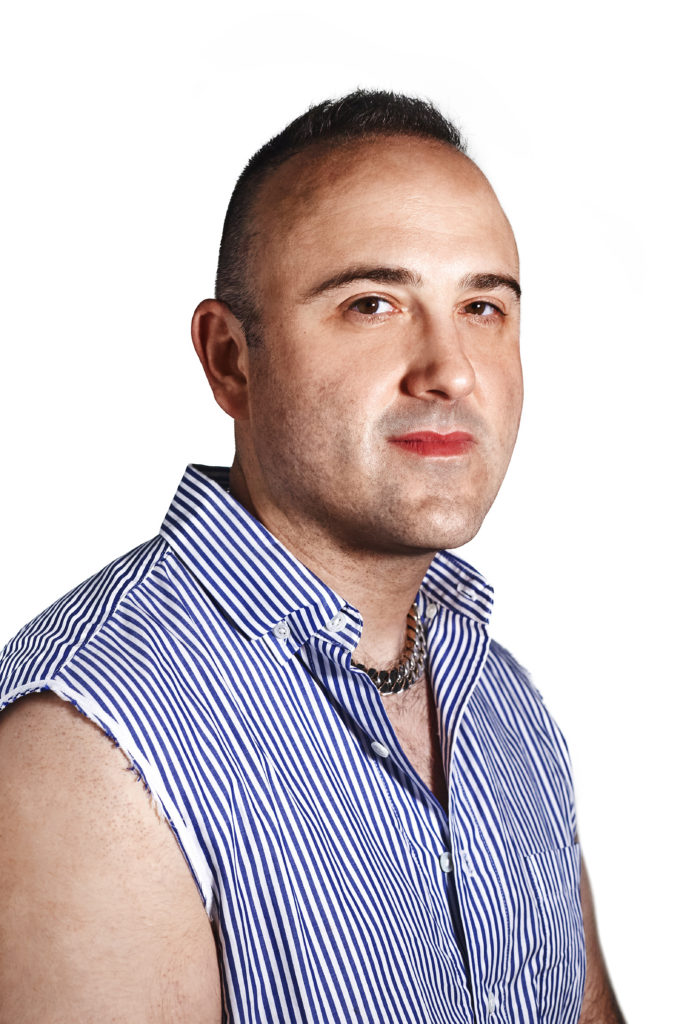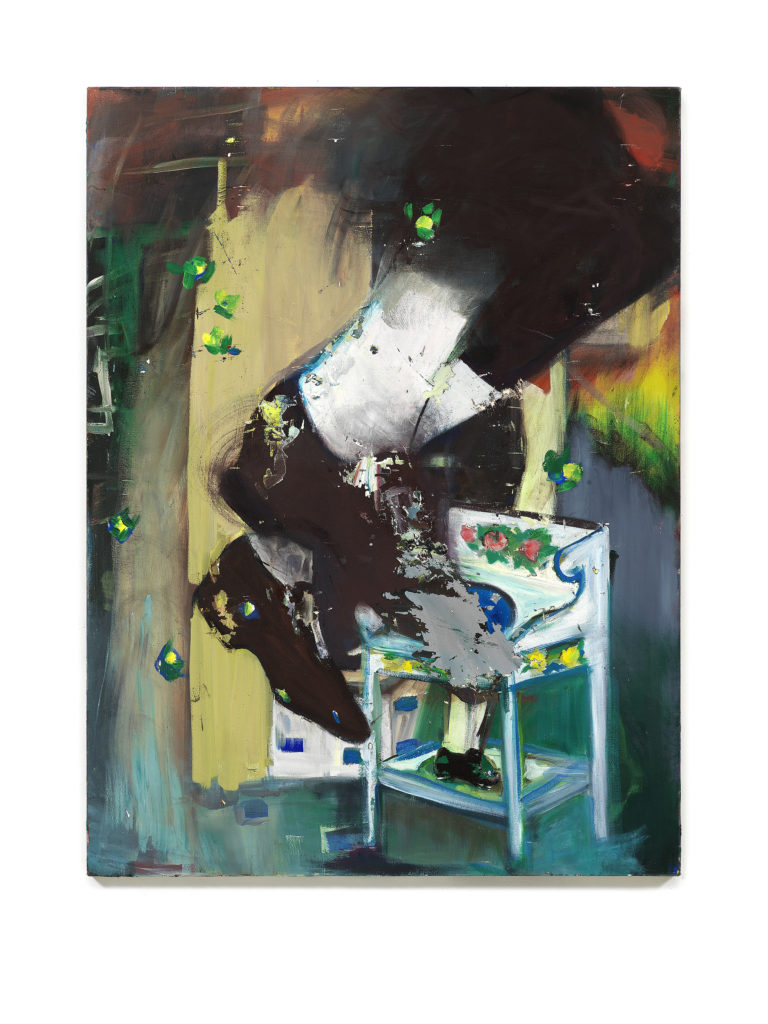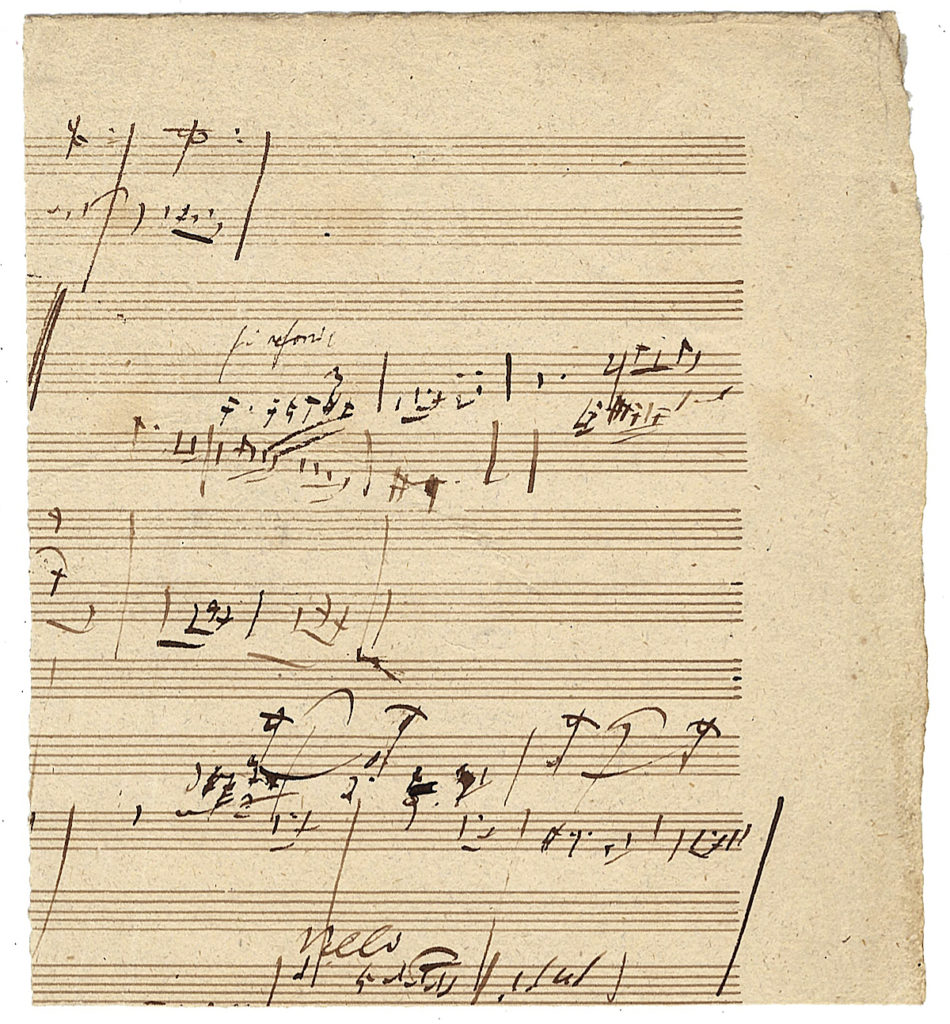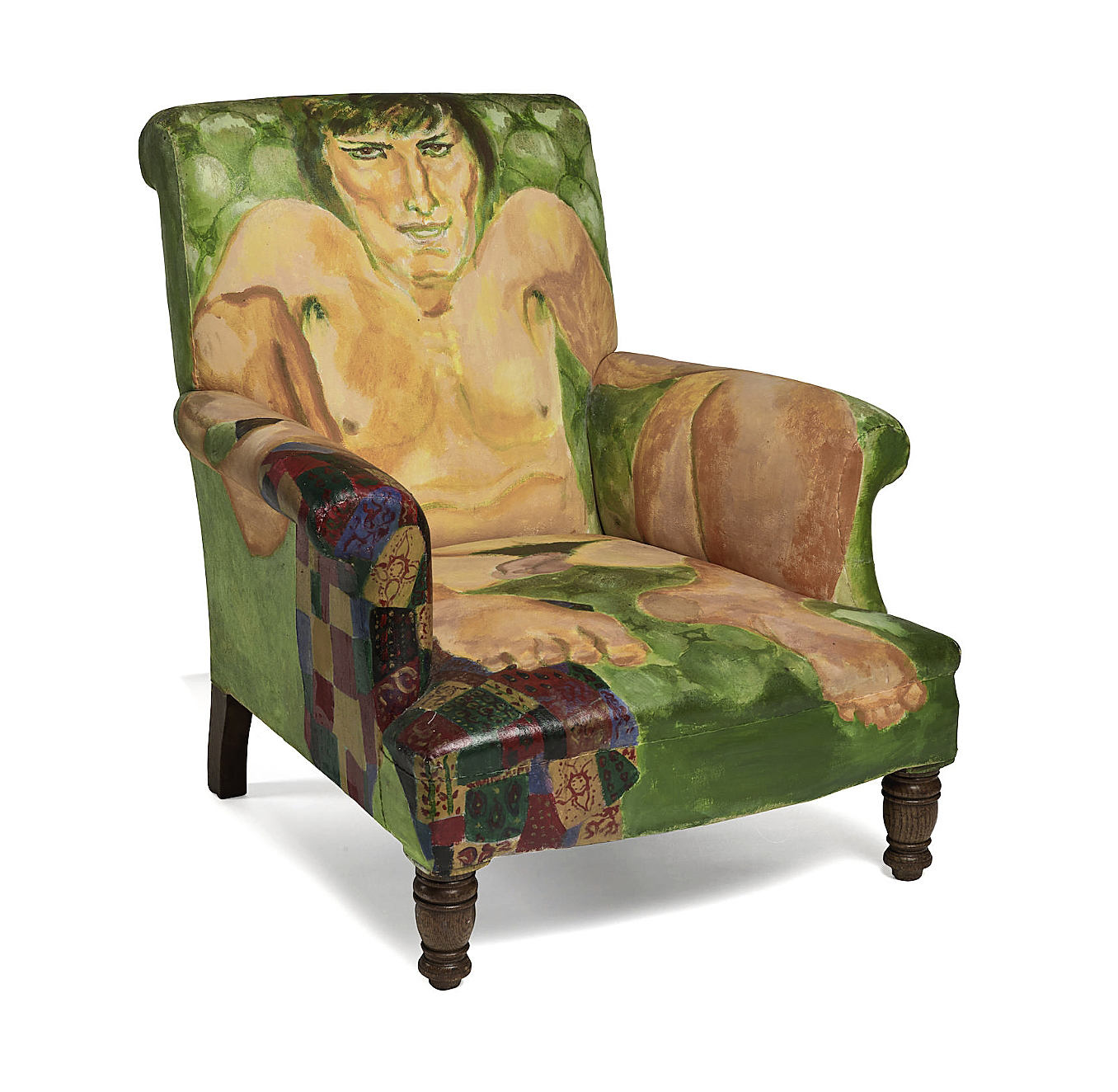
If you’ve ever roamed the aisles of top-shelf antiquarian book and ephemera fairs, you no doubt have encountered a compelling booth under the name Schubertiade Music & Arts, specializing in rare books, manuscripts, art, design and music-related ephemera, owned and managed by Gabe Boyers, one of America’s most widely recognized and respected dealers of rare books. In addition to being a professional violinist, he was past president of the Professional Autograph Dealers Association and is a USPAP-certified professional appraiser and active member the Antiquarian Booksellers’ Association of America and the International League of Antiquarian Booksellers. He opened and ran an art gallery, Kabinett, in Boston’s South End from 2017 to 2020 and his latest venture, “B” Dry Goods, recently opened in Crown Heights, Brooklyn, N.Y. Antiques and The Arts Weekly asked Boyers to catch us up on these and other activities.
I understand that there’s a multi-generational family connection to your “B” Dry Goods venture. Can you explain this, please? Where did the gallery name come from?
The name and location trace back to the Crown Heights business owned and operated by my great-grandfather Meyer Bussell (“B”) at the corner of nearby St John’s Place and Troy Avenue. Upon completion of his rabbinical training, “B” immigrated around 1910 from the village of Snov in the Ukraine, his family pooling their meager resources to send him to New York with the understanding that he would do what was necessary to bring each of his eight brothers and sisters over, one at a time, and that is exactly what he did over the following years. He opened his modest department store in 1920 and worked there most days, selling dry goods, from stationery to pantyhose, until his death in 1969. Likewise, my grandfather worked in the store until it closed that year, as did my father until going off to Queens College. The opening of “B” Dry Goods on Franklin Avenue thus represents the 4th generation of the family operating in the neighborhood.

Jeannie Weissglass “Flounce,” featured in the recently opened
exhibition that runs through November.
What does the business offer?
I refer to “B” Dry Goods as a “multidisciplinary gallery.” When I first began Schubertiade Music & Arts, I was strictly focused on materials — manuscripts and published books or scores — related to music and dance. That quickly expanded to include all of the performing arts, adding theatre and film, and then the literary arts and even some historical autograph material. I’m a handwriting specialist and so I’m interested in anything with writing on it, basically, but I’ve really carved out a special focus on the performing and visual arts above all else. I’ve always been invested in materials with a strong visual or graphic impact, and that led me to increasingly also be dealing in art, mostly works on paper at first, but then paintings and sculpture and some design as well. I’ve found that my clients are, broadly speaking, people who are interested in beautiful and interesting things and that they are willing to join me across category boundaries, so long as the guiding aesthetic or principle is consistent. The gallery in Crown Heights definitely “reads” like an art gallery when you walk in, but the exhibits of art and design generally will also include both books and manuscript and ephemera of various kinds, and the rear section of the gallery is given over largely to rare books and display cases.
What was the organizing principle behind your Kabinett gallery in Boston?
The first iteration of Kabinett was more a standard contemporary art gallery. We moved into a larger space after the first year and while we were still featuring contemporary art, we were certainly starting to move in the direction of the eclecticism of “B” Dry Goods.
In addition to your gallery activities, you’re also a poet and writer whose work has appeared in The Paris Review, among other outlets. How did you get into poetry?
I do write poetry still but haven’t published anything in a long while. I come from a family of writers — my mother is the poet Peg Boyers and my father is a critic — and they founded and run the literary magazine Salmagundi.

Original musical manuscript sketch leaf by Beethoven, including some of his first thoughts about a 9th Symphony.
And just to add another talent onto the pile, tell us about your role as an active professional violinist who performs with many of New England’s leading ensembles.
I’m very blessed to have been able to maintain a life in music while doing all of this fun stuff with rare books and art. It’s a juggling act, to be sure! I play regularly with a number of ensembles, most often with the Boston Modern Orchestra Project, Odyssey Opera Company, RI Philharmonic, Cantata Singers and Emanuel Music in Boston.
What kinds of challenges and opportunities present themselves when specializing in such esoteric collecting categories as rare books and manuscripts, antique musical scores and the like?
As I’m sure is the case for most dealers, I think the primary challenges run in two directions: on the one side, sourcing and researching fresh materials; on the other side, finding buyers for it!
What is the most valuable music-related rarity you’ve handled?
A number of years ago, we sold an important archive of original jazz manuscripts, many for works performed and/or recorded by the Count Basie Orchestra, 1940s-50s, which included 77 song manuscripts in many hands, including a number of original Duke Ellington manuscripts. That was one of the more extraordinary collections I’ve worked on. At the moment, we are offering original musical manuscript sketch leaves by Mozart and Beethoven, including some of his first thoughts about a 9th Symphony. That said, it’s always been important to me to serve a broad clientele, and all of our catalogs and shows have materials accessible to even the most modest of collector budgets.

Emerging from the homebound period of the pandemic, quirky and exuberant works celebrate the quotidian and, through the artist’s vision, just as an innovative designer can do with a chair or table, transform what is familiar into a vision both magical and extraordinary.
It would seem that you come from a family of artists. How do those genes map out?
I’ve spoken above about the literary activities of my parents. My eldest brother, Lowell Boyers, is a very fine painter — whose work I have exhibited in Boston and will feature at “B” Dry Goods in November. And the middle brother, remarkable in his chosen path outside of art, has always been an enthusiastic supporter of us both. I don’t know how much it’s about genes, per se, but certainly we grew up in a home that was always a place for writers and artists to gather. It was definitely in the air!
Can you give us a sense of the layout at “B” Dry Goods, its opening hours and upcoming exhibitions?
The gallery is open noon to 6 pm, Thursday-Sunday and by appointment. Our show “Fully Furnished,” which opened March 10, focuses on recent paintings and drawings by New York-based contemporary artist Jeannie Weissglass, in conversation with important works of furniture and collectible design with unusual and notable provenance. This show brings more than 60 pieces to the spotlight, including Weissglass’ newest body of work, a series of paintings and drawings where antique tables, sofas, chairs and wash basin stands twirl through richly colored landscapes. Some of the show’s other highlights, displayed in conversation with Weissglass’ pieces, include an original bamboo and wicker chair used on the iconic Rick’s Café set in the film Casablanca, tables and chairs from the collections of Wallace Stevens, Igor Stravinsky, Ringo Starr, Andy Warhol, Rudolf Nureyev and the old Metropolitan Opera House in New York City. Visitors may expect to see a wooden candelabra sconce designed by Jean Cocteau for Igor Stravinsky, a door handle designed by Fernand Leger, drawings by Frank Lloyd Wright Jr, Hans Wegner and Jean-Charles Delafosse and original pieces designed by Jean Prouvé, John Baldessari, Giancarlo Piretti, Maison Dominique, Alessandro Mendini, Georges Jouve, Tony Duquette and others.
In May, we’ll have a small exhibition “Picasso/Matisse: Souvenirs,” including prints and drawings and ephemera. And in the summer, we will be having a show “Identities,” of art exploring gender and in particular, focusing on a body of work by artist Violet Isabelle Frances, tracing her own path of transition and evolution of her gender identity.
Do you plan to participate in any of the international fairs that come to New York City?
We will be exhibiting next at the New York Antiquarian Book Fair at the Park Avenue Armory in April. At the moment, we are mostly trying to cultivate local relationships around the new space in Brooklyn so we don’t have any art fairs on the docket.
— W.A. Demers




